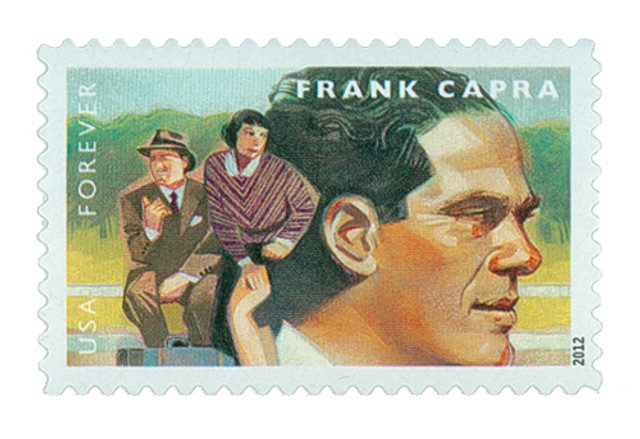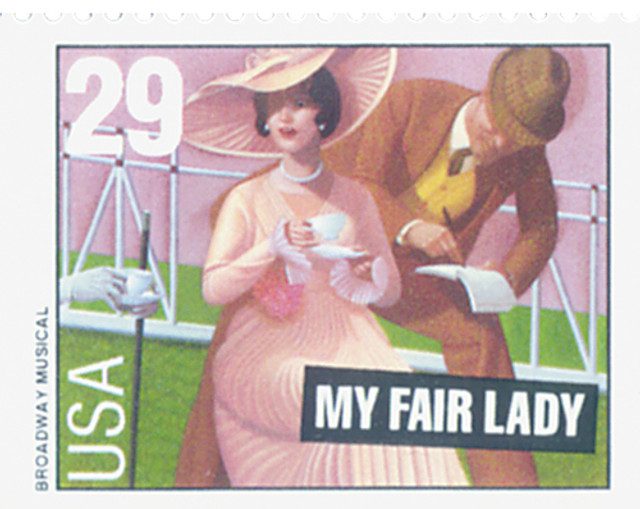Playwright and director Moss Hart was born on October 24, 1904, in New York City, New York. From humble beginnings in the Bronx, he rose to become one of Broadway’s most celebrated writers and directors, shaping American theater with his wit, warmth, and imagination.
Hart grew up in a poor but close-knit Jewish family. Money was scarce, and his childhood was marked by financial struggle and the grayness of tenement life. Yet, amid those hardships, Hart discovered a world of color and possibility through the theater. His beloved Aunt Kate often took him to see plays, and those outings sparked a lifelong passion. Though his family eventually had a falling out with her, Hart never forgot her influence. In his memoir Act One, he wrote that she gave him “the art of being somebody else… not a scrawny boy with bad teeth [and] a funny name.” Theater, for him, became an escape — and a calling.
As a young man, Hart found his way into show business through persistence and enthusiasm rather than formal training. He began directing small amateur theatrical groups and eventually became an entertainment director at summer resorts, staging variety shows and plays for vacationing guests. These experiences taught him how to read an audience and sharpened his sense of timing and humor — skills that would serve him well on Broadway.
Hart was also an ambitious writer. Between directing and organizing performances, he spent every spare moment writing plays. His big break came when he teamed up with veteran playwright George S. Kaufman, one of the sharpest comedic minds in the business. Their first collaboration, Once in a Lifetime, premiered in 1930 and became an instant Broadway hit. The play, a satire about Hollywood’s transition from silent films to “talkies,” was a box office success and marked the beginning of one of Broadway’s most productive partnerships.

Over the next decade, Hart and Kaufman wrote a string of acclaimed plays, including You Can’t Take It With You and The Man Who Came to Dinner. Their humor captured the hopes, frustrations, and eccentricities of everyday American life during the Great Depression. You Can’t Take It With You won the 1937 Pulitzer Prize for Drama, and its film adaptation directed by Frank Capra won the Academy Award for Best Picture in 1938. Hart’s quick wit, emotional insight, and belief in the resilience of ordinary people helped make the play timeless.

Hart also wrote a number of musicals and revues, both with and without Kaufman. Among his credits were Face the Music, As Thousands Cheer, Jubilee, I’d Rather Be Right, George Washington Slept Here, Christopher Blake, Junior Miss, Dear Ruth, and Anniversary Waltz. His most famous success came later with the beloved musical My Fair Lady (1956), adapted from George Bernard Shaw’s Pygmalion. The show ran for over seven years and won the Tony for Best Musical, while Hart himself received the Tony for Best Director. It became one of Broadway’s defining works and solidified Hart’s reputation as one of the great storytellers of his time.
In addition to his stage work, Hart wrote several notable screenplays. His film credits include Gentleman’s Agreement (1947), Hans Christian Andersen (1952), and A Star Is Born (1954). Each project showcased his ability to blend humor, humanity, and insight into compelling stories. He also published his memoir, Act One, in 1959 — an inspiring behind-the-scenes look at his rise from poverty to theatrical success. The book became a bestseller and was later adapted into a 1963 film.
Hart’s final directing project was the 1960 musical Camelot, starring Richard Burton and Julie Andrews. The show became a Broadway classic, though Hart’s health was failing during its production. Only a year later, on December 20, 1961, Moss Hart died of a heart attack at the age of 57. His passing was mourned throughout the theater world, where he had been both a creative force and a generous mentor to younger artists.
In 1972, eleven years after his death, Hart was among the first inductees into the American Theater Hall of Fame. His influence continues today through the Moss Hart Awards and the Moss Hart and Kitty Carlisle Hart New Play Initiative, which encourage creativity and excellence in American theater.
| FREE printable This Day in History album pages Download a PDF of today’s article. Get a binder or other supplies to create your This Day in History album. |
Discover what else happened on This Day in History.





I had barely remembered Moss Hart, his many accomplishments and the plays he wrote. I wish This Day in History would be read by students each day in schools everywhere. Education is a journey that never ends and Mystic Stamp is an important part of that journey. Thanks for this article and all the knowledge you impart every day.
That is a great idea. There is such of dearth of knowledge among students today about literary figures and their great works.
I agree completely.
What a wonderful lesson about our theatrical history.